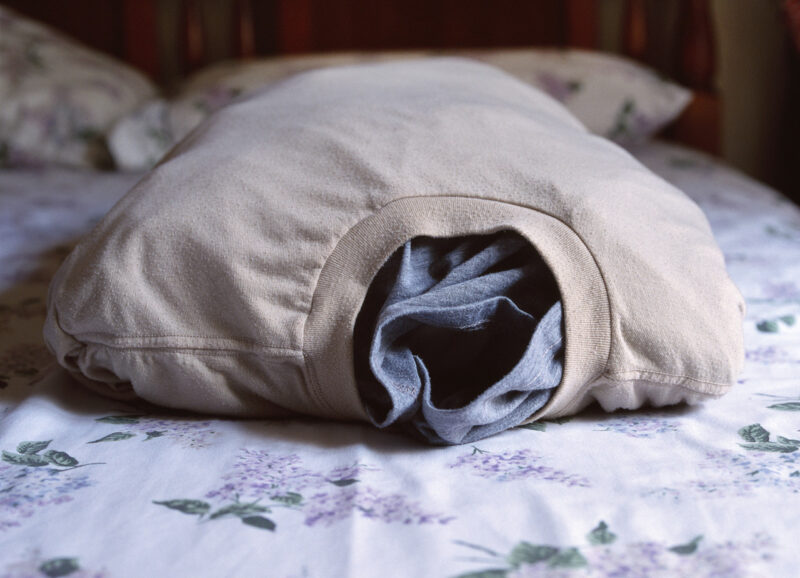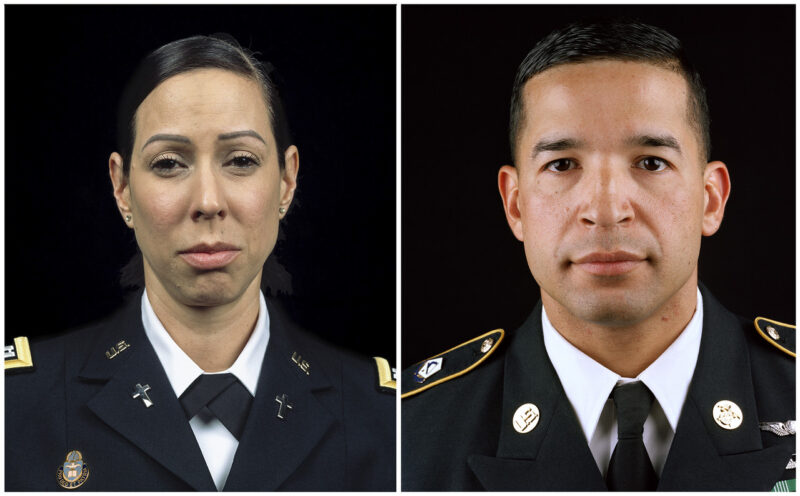Inbal Abergil
Semifinalist
Inbal Abergil (born Jerusalem, Israel; lives New York, NY) has a BFA from Midrasha School of Art, Beit Berl, Israel, and an MFA from Columbia University, New York, NY. Her work has been exhibited internationally, including at the Colorado Photographic Arts Center, Denver; Aperture Gallery, Baxter St at the Camera Club of New York, Elizabeth Foundation for the Arts, Miyako Yoshinaga Gallery and Nathan Cummings Foundation, all New York, NY; and Nazarian / Curcio, Venice, CA; as well as at the Ramat Gan Museum of Israeli Art, Kibbutz Art Gallery and Tova Osman Gallery, both Tel-Aviv, and Museum of Photography, Tel-Hay, all Israel; Meneer de Wit Gallery, Amsterdam, Netherlands; JeonJu International Photo Festival, South Korea; Golden Thread Gallery, Belfast, UK; and Centre for Contemporary Art Derry-Londonderry, UK. Her work is in the collections of the Duke University Archive of Documentary Arts, Durham, NC; Museum of Fine Arts, Houston, TX; and American University Museum and National Gallery of Art, both Washington, DC; as well as the Israel Museum, Jerusalem. Abergil has been an artist-in-residence at Baxter St at the Camera Club of New York and was selected for a FlaxArt Artists International Residency, Northern Ireland. She has received a Documentary Essay Prize in Photography, Center for Documentary Studies, Duke University and a Pollock-Krasner Grant. Abergil’s photographs have appeared in publications including BuzzFeed, Hyperallergic, Lens Culture, Los Angeles Times, Musée Magazine, Photo District News and Photograph Magazine. Her first monograph, N. O. K. – Next of Kin, was published by Daylight in 2017. Abergil is an Associate Professor of Photography at Pace University, New York.
Statement from the Artist:
“The Presence of Absence” is a decade-long documentary body of work that reveals the many layers of trauma, loss, grief, mourning and healing in the aftermath of war. Inbal Abergil weaves stories of the Gold Star Families whose relatives were killed in action, together with still lifes of the loved one’s personal effects and portraits of the Casualty Notification Officers who deliver the horrific news to the families of loved ones killed in military service. The still lifes reveal the survivors’ methods of coping with death, and how an object can contain the presence of a loved one, reminding us how painful and comforting it can be at the same time. The portraits urge us to look at what no family member wants to meet at their front door, and yet the notifiers knock on the door, knowing that everyone involved will be scarred for life; each time, they hope to remember their script and make no mistakes so that healing will be possible. The photographs and personal stories in “The Presence of Absence” invite us to reflect on the poignant story of a community of survivors who keep the memories alive as they strive to rebuild their lives in the aftermath of loss, and invite us to create a platform for reflection and discussion of the human price of conflict.





